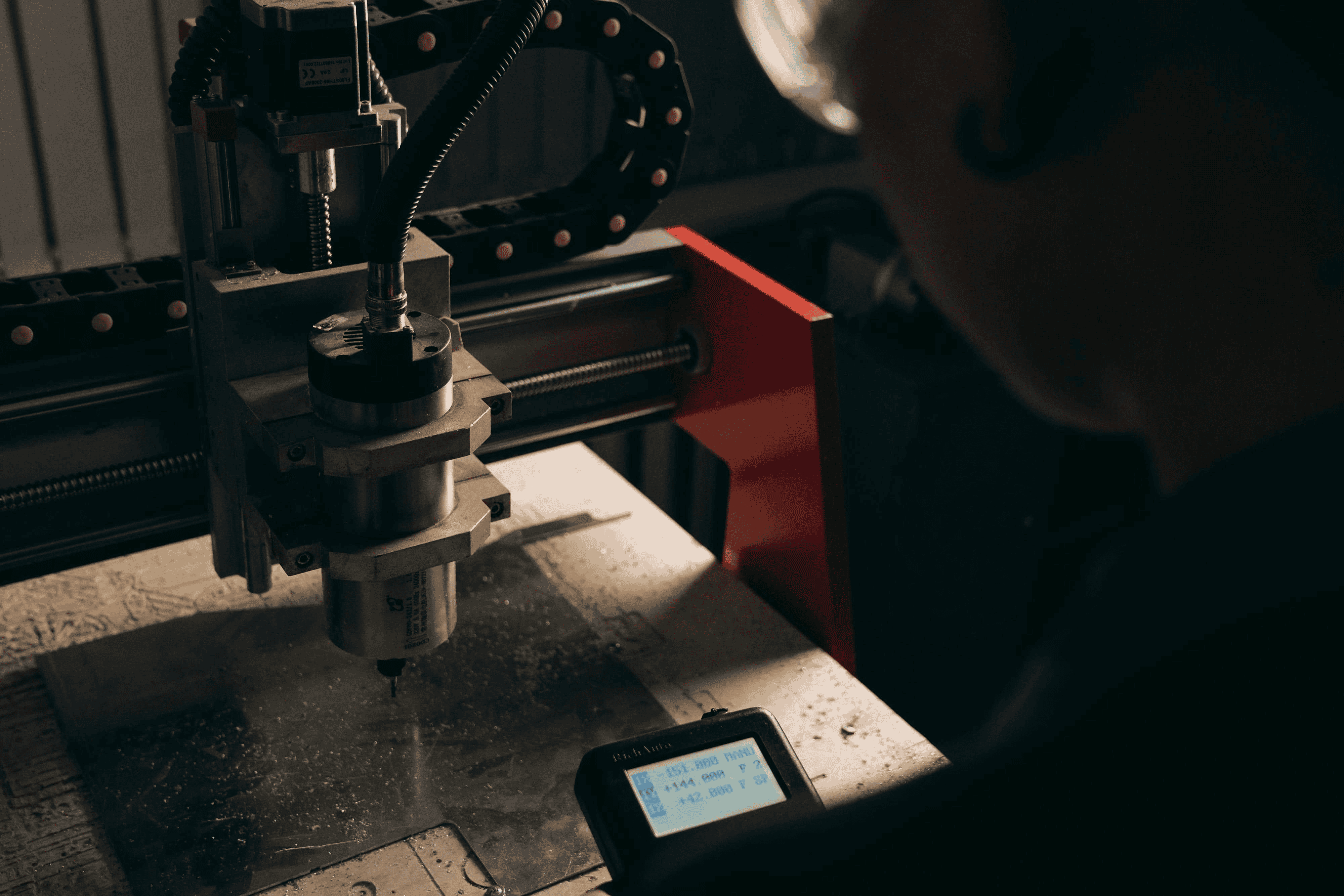Custom Fabrication

A metal fabrication company transforms raw stock into functional parts and assemblies. Work typically starts with design intent, often a drawing or a 3D model, followed by programming for cutting and forming. Precision tools like laser, plasma, or waterjet systems create blanks. Press brakes form bends to tight angles, while fixtures and jigs hold parts steady for welding. After joining, finishing steps such as grinding, machining, and coating bring parts to spec.
Materials matter. Common choices include carbon steel for strength and cost efficiency, stainless for corrosion resistance, and aluminum for low weight. Each behaves differently during cutting, bending, and welding. A capable shop understands spring back, heat input, and distortion control for each material family. This knowledge keeps dimensions accurate and surface finishes consistent.
Quality is built in, not inspected in. A reliable metal fabrication business runs clear process sheets, work instructions, and check fixtures. Tolerances are verified throughout production rather than only at the end. Metrology tools like calipers, micrometers, height gauges, and coordinate measuring machines validate the work. Traceability and material certifications assure that the right alloys and thicknesses were used.
Lead time depends on complexity, material availability, and coating requirements. Prototypes may turn quickly, while high mix production often requires more planning. Quoting typically reflects setup time, cut length, number of bends, weld inches, specialty hardware, finishing steps, and inspection needs. Volume pricing improves as setup costs spread across larger batches.
Finishing choices can shape performance and look. Powder coat resists chips and offers uniform color. Anodizing protects aluminum and adds a decorative layer. Zinc plating helps fight corrosion on steel parts. Brushed and polished finishes elevate visible components. The right combination balances durability, maintenance, and budget for the intended environment.
Documentation keeps projects moving. Clear drawings with dimensions, tolerances, material specs, and welding symbols prevent confusion. If a print is not available, a competent shop can reverse engineer from a sample part and build a new digital model. Design for manufacturability reviews often uncover simpler bends, fewer welds, and easier assembly paths that cut cost and time.
Every fabrication business is a system of people, processes, and machines. Skilled fabricators interpret prints, program equipment, and solve real time challenges on the shop floor. Modern CAM software links CAD models to cutting and forming programs, reducing errors and speeding changeovers. Tooling libraries and bend deduction charts help the team achieve consistent angles and flat patterns.
Selecting the right method is a balance. Laser cutting yields crisp edges and tight tolerances on many alloys. Plasma is efficient for thicker plate and structural shapes. Waterjet avoids heat affected zones, useful for sensitive materials and tight edges. Press brakes handle bends from simple flanges to complex hem and jog combinations. TIG and MIG welding cover thin sheet through heavy plate, with procedures tuned for each alloy.
Tighter tolerances drive more time in cutting, forming, and fixturing. Shops control distortion with stitch welds, balanced weld paths, and heat management. In process checks verify bend angles and hole locations before assemblies move forward. A documented quality plan aligns the team on what to measure, when to measure, and how to record results for accountability.
Prototype builds prove the design and the manufacturing path. Lessons from first articles inform fixture design, weld sequence, and packaging. Once stable, repeat orders flow faster with predictable outcomes. Good change control prevents surprises by documenting revisions and retiring outdated prints and models.
Choosing the right partner means looking past price alone. Review sample parts for edge quality, weld bead consistency, and fit after assembly. Ask about inspection tools and reporting. Confirm material sourcing and lead times, especially if specialty alloys or coatings are involved. Communication cadence matters, including how the team handles change requests and updates milestones.
Pricing turns on setup effort, machine time, consumables, finishing, and inspection. Design features like deep boxes, tight inside radii, or long seam welds add labor. Hardware insertion, tapping, and post machining add steps. Packaging and freight can be optimized by planning stackable nest patterns and protective materials.
Lead times compress when drawings are complete and material is standard. Unique finishes, custom hardware, or complex assemblies extend schedules. Early alignment on approvals and a single point of contact speeds decisions and reduces waiting.
A clear scope, revision control, and acceptance criteria protect both sides. Agree on sampling plans, critical characteristics, and shipping standards. Keep a shared record of questions and replies so decisions are traceable.
Custom fabrication excels when off the shelf parts miss the mark. Low volume brackets, mounts, enclosures, and structural supports benefit from precise fit and tailored features. Automotive, overland, architectural, and commercial projects often need specialty materials, sealed seams, and durable finishes that hold up in the field. A capable shop can move from concept to finished components with repeatable quality.
When you are ready to translate a drawing into a rugged part, explore custom fabrication options that match your requirements. For a deeper look at capabilities and processes, review our fabrication services. If you want to understand how we work with clients from first conversation through handoff, see Why choose OZK Customs for our approach to quality, communication, and timelines.
OZK Customs operates from Fayetteville Arkansas, where field tested builds inform every bracket, rack, and chassis component we produce. Our team blends practical experience with modern tools to deliver parts that fit, function, and finish well. Bring us your problem and we will turn it into a plan with clear steps, fair pricing, and a clean result that is ready for the road.
Ready for accurate parts, clean welds, and a smooth handoff Experience the OZK approach to custom fabrication. Share your drawings or goals and we will map the path from concept to finished parts with transparent pricing and timelines.
ADDRESS:
6159 E Huntsville Rd, Fayetteville, AR 72701
PHONE:
(479) 326-9200
EMAIL:
info@ozkvans.com